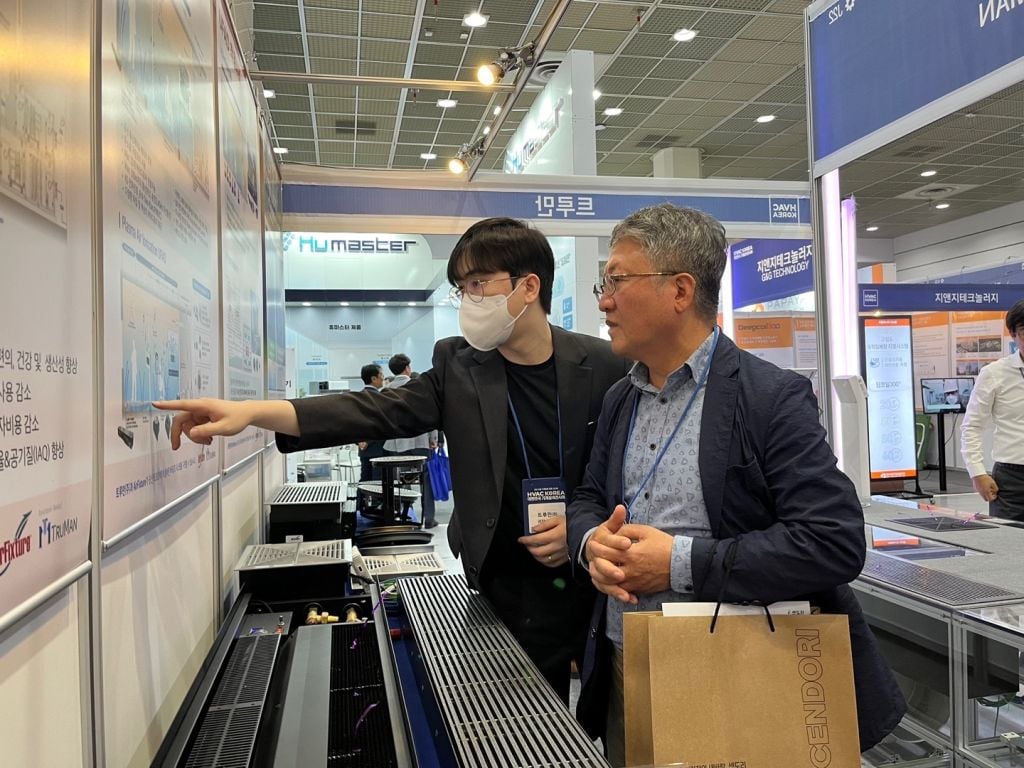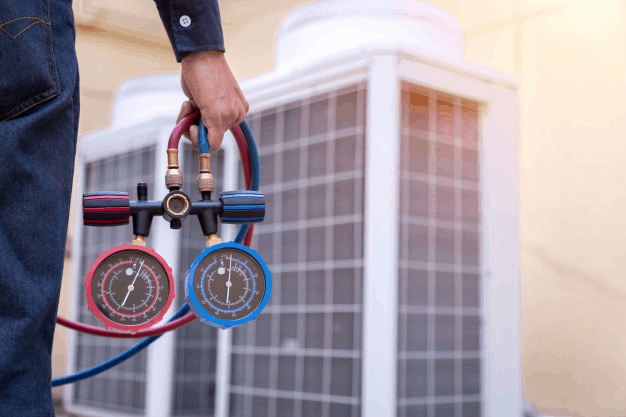You’ve earned a college degree in mechanical, electrical, and plumbing (MEP) engineering and now feel ready to embark on your new career. But an MEP degree only fulfills one part of the expertise you need to properly deliver HVAC (heating, ventilation and air conditioning) projects.
No two HVAC projects are identical. There are different building designs, requirements, and HVAC technologies. You will rarely see two identical HVAC projects in your career.
To cater to the HVAC market, you’ll need to take courses and certification programs after school.
What’s in an HVAC Design Certificate?
The standard HVAC design certificate teaches students about designing, installing, maintaining, and repairing HVAC systems. To be eligible for these certificates, you require an undergraduate degree in engineering, or at least engineering courses at the undergraduate level.
More on HVAC Design and Implementation:
- What are Building Codes and How Do You Find Them?
- A Quick Introduction to Air Handling Units?
- Green Building Approaches and Trends
Is it Worth Getting an HVAC Design Certificate?
Absolutely! And here are 3 key reasons why:
- Improve Your Job Prospects
Given the diversity of HVAC solutions on the market, you cannot afford to be narrow in your skills and expertise. By knowing more, you will have access to more markets and niches, which offers you the opportunity to earn more.In fact, certain certifications -- such as ASHRAE HVAC Designer (CHD) certification -- are well recognized in the architecture, engineering, and construction (AEC) industry.In a survey, ASHRAE found that 82% of AEC companies hiring HVAC engineers believe a “certification would be a worthwhile professional development goal.” - Understand Every Solution in Your Industry
This may appear as an extension to the point about improving your job prospects, but it’s actually quite different. In understanding how to implement different HVAC technologies, you will also do a better job -- i.e., boost client satisfaction.
Raised Access Floors Make HVAC
Installations Budget-Friendly
This is important because an HVAC design certificate will help you deliver your projects within the stated budget and timeline. You will learn how to avoid costly design mistakes, identify cost-saving opportunities, and understand how to mitigate risk.
In addition, an HVAC design certificate will also help you meet the compliance needs of each municipality, state, and federal agency.
- Understand How to Design for LEED
LEED is now the accepted standard for green building design, and HVAC plays a central role in getting buildings certified and ranked.With an HVAC design certification, you will know how to account for LEED. This includes LEED’s indoor environmental quality and energy efficiency requirements when designing and delivering your client’s HVAC system.The outcomes of LEED are lower energy costs and improved property valuation -- you will play a direct role in delivering those benefits.
An HVAC design certificate provides value across the entire chain. Be it the engineer, the AEC firm, or the client/property owner, everyone wins. In fact, at this stage, it’s all but required.
AirFixture’s team of HVAC design certified engineers help AEC firms deliver HVAC solutions on time and within budget.

Discover Cutting-Edge UFAD Solutions at the HVAC Korea Conference with AirFixture
The HVAC Korea Conference, held from May 10th to 12th in Seoul, is a highly anticipated annual event in the heating, ventilation, and air...

LEED Certification: Why Better Air Distribution Lowers Environmental Impact & Costs
Shifting to green buildings is not only a significant way to support the environment, it ’s also a proven and increasingly-adopted method of building...

